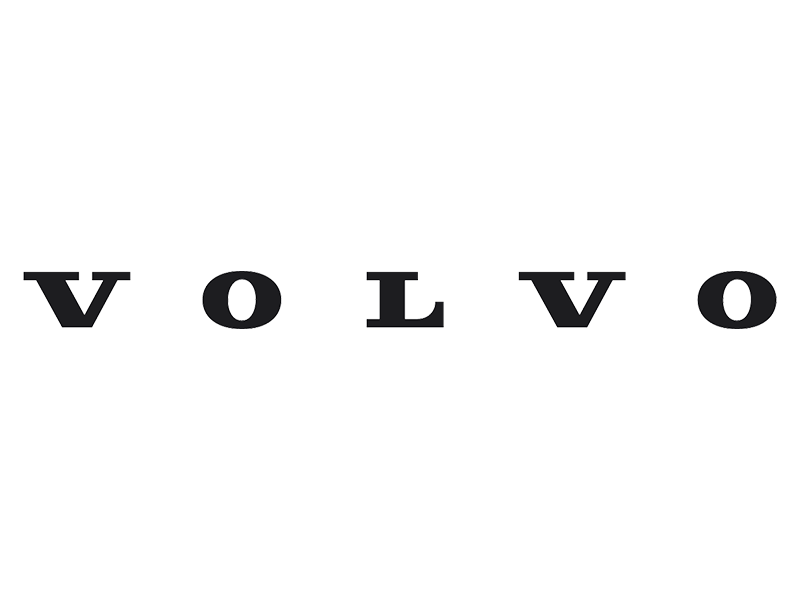Punctures are a very real part of driving a vehicle that relies on rubber tyres filled with air, and a combination of poor road maintenance and an increase in potholes means they’re now more likely than ever. IAM RoadSmart says that rather than allowing punctures to ruin your day, it can be worth learning how to change the tyre safely yourself, rather than necessarily relying on third-party rescue.
Richard Gladman, IAM RoadSmart’s head of driving and riding standards, provides some useful advice on how to change a tyre.
He said: “The risk associated with conducting a tyre change has increased with the volume of traffic. Safety has to be your main concern but if you cannot get to a safe area to make the change; get the vehicle off the road and call for assistance. A vehicle recovery service will have access to professional equipment which will allow a much speedier repair to be conducted. If you are in any doubt, call for help.”
- If it is possible, pull off the road to a safe area. If you have to stop on a road, place your warning triangle at least 45 metres behind your vehicle, but not on a motorway. Activate your hazard warning lights to warn other traffic. Raising the bonnet or hatchback will help other traffic realise you have an issue. If you have a passenger, get them to act as spotter and warn you of approaching traffic.
- A level hard standing will be best as soft ground will not allow the jack to be used correctly. If the ground is not suitable you may need assistance from a professional.
- Locate the jack and wheel brace, it may help if you do this during your weekly vehicle checks so you know where it is and how to release it. This is also a good time to locate the jacking points and find out how the jack works. Often the kit will have a wheel chock; use this on the other axle of the vehicle to assist keep it still.
- Loosen the wheel nuts slightly before you start jacking the car up, the vehicle will be unstable after you raise it and you will not be able to get as much leverage. Remember one of the nuts is likely to have a lock function and will require the unique key.
- When jacking the vehicle you will need it to be raised high enough to fit the new tyre (this will be higher than required to remove the old). Wear gloves when handling the old tyre, if it has punctured it is likely to have sharp steel protruding from it.
- Tighten the wheel nuts until the wheel sits squarely on the hub and then lower the jack. Further tighten the wheel nuts with the vehicle stable. You will need to get the wheel nuts checked for tightness by a professional (when you repair or replace the punctured tyre). If fitting a space saver spare, remember the restrictions that imposes i.e. no more than 50mph (80kph) and should be used to get you to a place of repair – not as a substitute for the correct tyre.
- Avoid changing your wheels on the hard shoulder of a motorway. If you have a puncture on a motorway, use the emergency phones to contact the motorway control room and they will send assistance to protect the area if required. Or arrange for your breakdown recovery organisation to assist you.











































